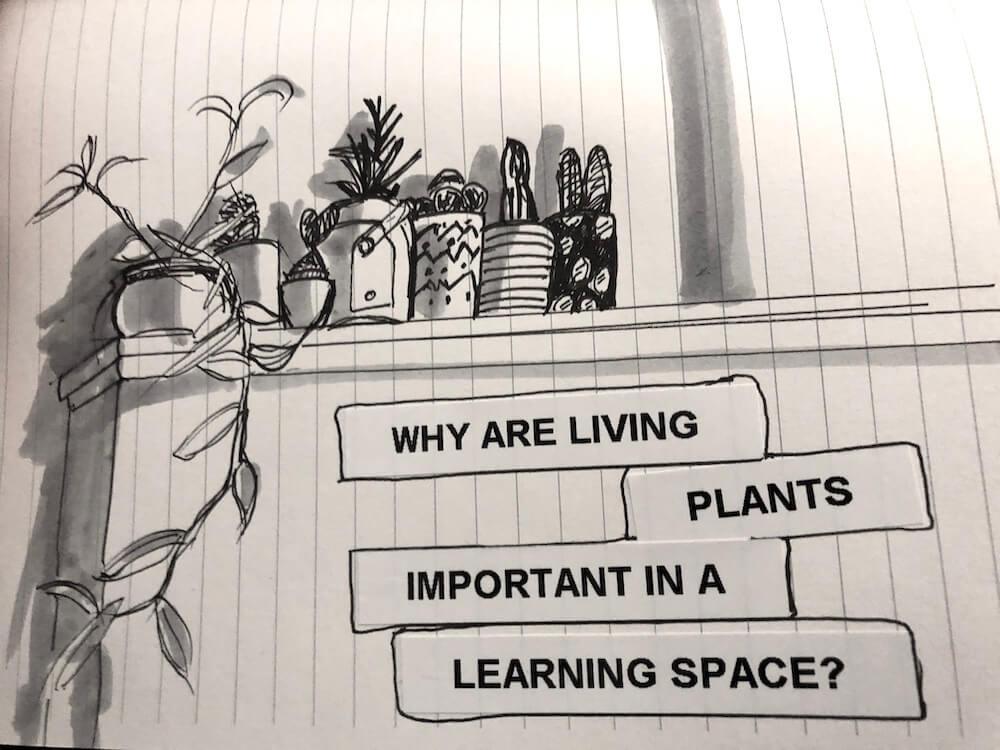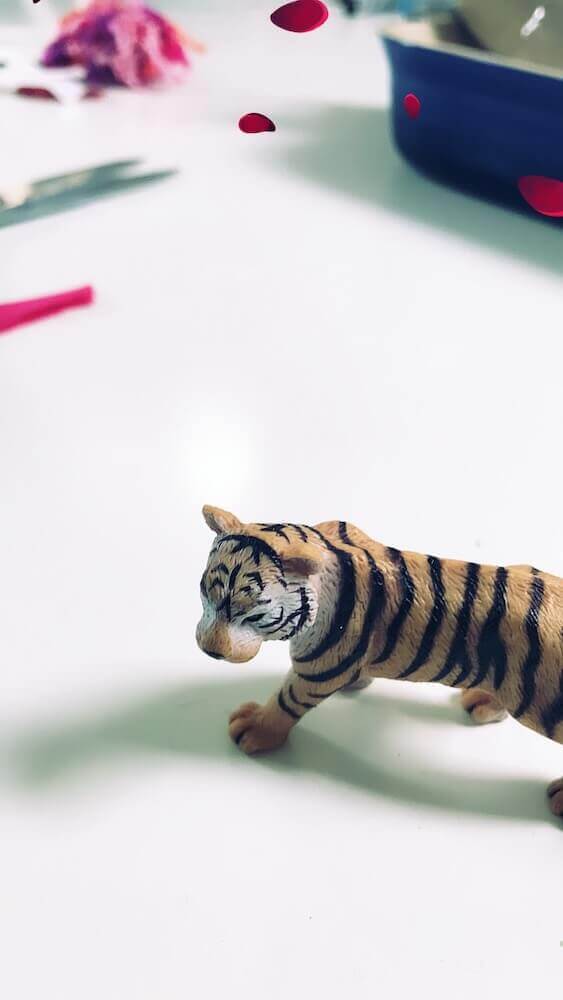Portfolio Tips for Art School Applicants – About Your Sketchbooks
This blog ensures international art school applicants fully understand what a UK /USA Art School is looking for inside the sketchbooks you present within your portfolio for application for Art School.
International Art School Applicants
Are you sure that you know what makes a good sketchbook?
Unless you have been told otherwise by your college of application, sketchbooks are an important component of every art school application portfolio.
But what makes a good sketchbook?
There is no one-size-fits-all answer.
A ‘good’ sketchbook is simply one which serves its maker (in whatever way or shape that takes).
Don’t let that first, perfectly white page intimidate you.
Mark it as soon as you can.
Tip #01
Don’t Be Precious About Your Sketchbook
A booklet of perfect pictures would be nice, but it’s not the goal of a sketchbook, particularly at an early stage in your career.
- Your sketchbook doesn’t have to look pretty, have no mistakes or be curated.
- It doesn’t even have to have sketches in it. (I’m a note-writer in mine).
- Your sketchbook shouldn’t look like anyone else’s workspace but your own.Do whatever you need to do in it to develop your practice.

Mess and chaos can be GOOD things to find in a sketchbook.
Tip #02
What to do with a Mistake
It’s ok to make mistakes inside this space.
Errors inside a sketchbook demonstrate that you are trying new things.
Your sketchbook is for collecting information and working things out. (Think about learning any skill: you just can’t experiment freely and NOT have things go wrong sometimes).
“But I made a really crap drawing in mine!”
We all make mistakes in our sketchbooks!
Don’t pull out bad or unsuccessful drawings.
- Correct them (draw over them with a new pen) if it’s bugging you.
- Redraw them from scratch on a new page – and again and again – until you don’t repeat the same mistake.
- Stick in a picture by an artist who succeeded where you failed. (No, not over your drawing, but beside your drawing!).
With each of these approaches, you are demonstrating your learning curve.
Art schools are looking for art and design craftsmanship, but above anything else, they are looking for curiosity and willingness to learn.
Tip #03
Your Sketchbook is for Collecting Information
It doesn’t even have to be YOUR drawing of a cat in your sketchbook.
Look at other people’s cat drawings.
Make a Pinterest board of cat drawings.
Reach out of your comfort zone: how have artists from different times and cultures approached drawing cats?
Cuddle your cat. (Feel and see how those muscles work and how the leg bends). Visualize the cat’s anatomy under all the fluff and fur.
You’ll draw that cat better.
Try and see.
Tip #04
Draw from Life
Don’t even have a cat?
Art school candidates should sketch ‘from life wherever possible.
If you need a drawing of a cat, find a REAL cat.
Go to the museum and draw their stuffed tiger.
Keep drawing from photographs & online sources to a minimum.
Toys and stuffed tigers will bring an interesting dynamic!

Tip #05
Your sketchbook is for YOU
Use your sketchbook to learn your craft, in WHATEVER way works for you (not your audience and not the selection committee),
Ultimately, the art school selection committee is looking to see that YOU know how to get your sketchbook space working FOR YOU, in whatever shape that takes.
It is tricky to pretend no one is going to be judging your sketchbook.
Think of it a bit like sitting your driving test. You have to exaggerate a bit the fact that you are checking mirrors and looking behind you while you are reversing, but you are not doing those things because you are being tested, you are doing it because that’s essential to good driving.
Your sketchbook should demonstrate good habits. If you need to leave notes for your audience to explain your research – then do so!
Tip #06
Show Your Workings
‘Showing your workings‘ is what you call it when you don’t just answer a maths question, but you demonstrate how you got to your conclusion.
Sketchbook keeping for entry into art school is the creative equivalent of this process, it’s a visual record of research and ideas that support the ‘conclusions‘ (final works) inside your portfolio.
Once you are in art school, you won’t have to ‘show your workings’ as such.
The idea, for now, is to establish good practice for a lifetime of art making.
With how you approach sketchbook keeping, you are demonstrating your future as a creative.
Portfolio Stars
The single best way to improve your odds of getting into art school is to GET HELP preparing your portfolio.
The right coach can help you develop your ideas, showcase the right skills and keep you on track.
Whenever you need a boost, take our 1 hr portfolio consultation.

Tip #08
Get Help and Advice
It’s the ultimate irony.
Your sketchbook and portfolio need to demonstrate the creative who you have the potential to become, but of course, you cannot know this at this stage in your career, so how can YOU possibly show it.
Portfolio Coaching
Every art school candidate needs someone overseeing the progression of their portfolio: someone who can push you, encourage you and keep you accountable.
For most, that’s an art teacher at high school.
However, if you find yourself preparing your portfolio on your own – let us help you!
The answer is that you show your approach to art making, which is BEST demonstrated in your sketchbook!
Portfolio Tips UK Art School | Your Sketchbooks
Art schools assess your sketchbook to find out how you approach problems, how you conduct research, how you have progressed in drawing skills from the start of a book to the end – and also that you understand the sheer commitment that will be required of you by the course.
It is important to get help and advice as you build your sketchbooks to make sure that you ARE demonstrating all of these elements – you just can’t see them yourself.
Your sketchbooks are how you provide evidence of a range of skills and processes.
The selection committee will look through them for signs that you have technical skills and the open mind it takes to complete a UK Art School Degree.
They are looking for clues as to what kind of student you’ll be.
Further Information
Discover more about Life Drawing in Art School Portfolios.



Recent Comments